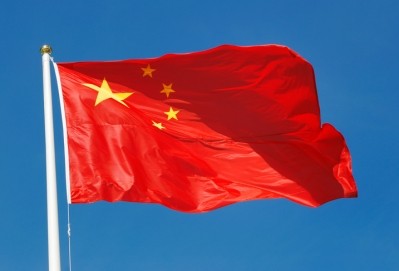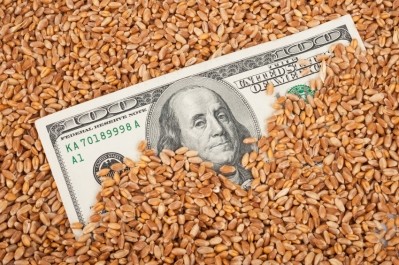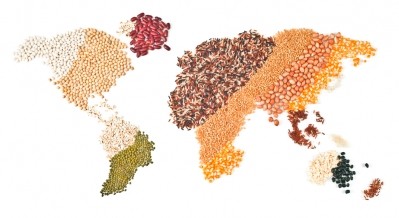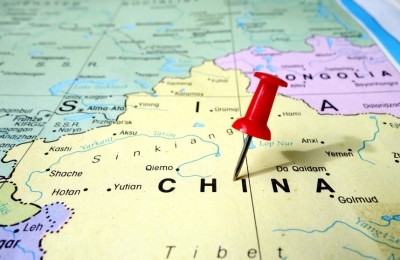Cofco joint venture with Noble will help China diversify feed grain sourcing, analyst
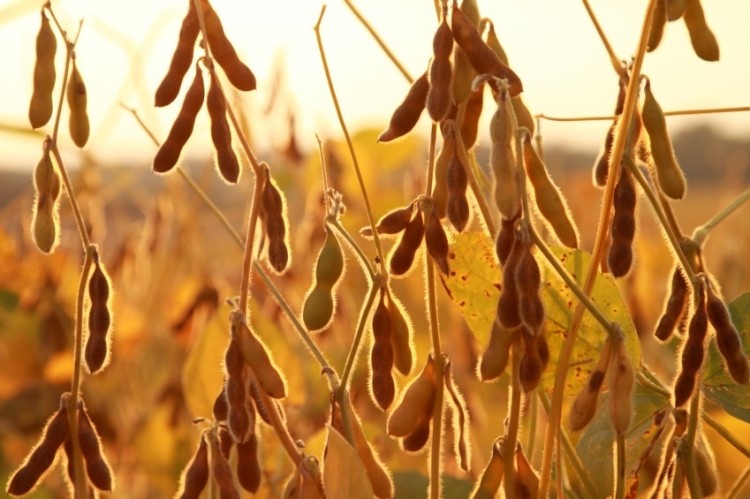
“China needs at least an additional 15 million metric tons (MT) of grains over the next 10 to 15 years to cover livestock feed production,” Dirk Jan Kennes, Rabobank global strategist farm inputs, told FeedNavigator.com.
He said that China’s interest in acquiring and developing agricultural know-how as well as its strategy to buy-and-build a leading global agricultural trading house to secure low-value feed grain imports needed to fatten chickens and livestock can help it achieve food security.
The Chinese government has been trying to ensure 95 per cent self-sufficiency in grain production but indigenous output cannot catch up with increasing meat consumption.
There is a shortage of arable land in the country and a lack of farming infrastructure.
“China, with its shrinking land base, needs to focus on growing high value crops and livestock production. It has to look elsewhere for its corn and soy inputs,” said Kennes.
Cofco can circumvent intermediaries
Cofco, the China National Cereals, Oil and Foodstuffs Corporation, said the joint venture with Noble allows it to source feed grains and other commodities such as sugar, cocoa and coffee directly, rather than buying them from intermediaries such as the big four of ADM, Bunge, Cargill and Louis Dreyfus and will allow it better control on costs.
This is the second agribusiness acquisition this year for Cofco – February saw it take a 51 per cent stake in Dutch grain and oilseed trader Nidera.
Noble Agri engages in agricultural trading and processing, sourcing from low-cost producing regions such as South America, South Africa, East Europe, India, and Australia, to supply regions with high demand, such as Asia and Middle East.
Along with grain silos in Ukraine, it has sugar mills in Brazil and soybean crushing plants in Argentina, Paraguay and Uruguay. Cofco can also leverage Noble Agri’s network of ports and commodity terminals.
Low uptake of fertilizer nutrients
Kennes said that if China was to meet the additional tonnage output required to meet animal protein consumption demand through its own efforts, it would need to increase yields by 6.0 to 6.6 tons per hectare or sew an additional 2.5 million hectares.
But China’s farming industry, said the analyst, is characterized by an unsustainably high level of nitrogen fertilizer (N-fertilizer) usage, and inefficiently low crop uptake of fertilizer nutrients (N-uptake), said Kennes.
So imports of low-value grain from markets with better N-uptake and lower fertilizer input can supplement China’s domestic supply, said the analyst.
“Feed grain imports can significantly improve the efficiency of the pork value chain, for example. The input of N-fertilizer per unit of pork production in China is 3.5 times greater than in the US,” said the Rabobank specialist.
The analyst reckons Brazil or the US will have to step up production to meet China’s grain needs over the next 15 years.
Soy yields, though, would have to increase from 4.2 to 4.6 tons per hectare in Brazil, while there would need to be 3.7 million hectares more of soy crops to meet the Chinese demand. “At least, there is plenty of land available in Brazil,” said Kennes.
Corn yields in the US would have to jump from 10 to 10.9 tons per hectare and a further 1.5 million hectares of land would have to be given over to corn production to cover the Chinese import requirements up until 2029, said the Dutch agribusiness specialist.
Chinese farming infrastructure
Output efficiency of domestic crops in China has been significantly hindered in previous years, due to lower average arable land area per farm (restricting machinery usage) and relatively low-level farmer knowledge, said Kennes.
The analyst said China’s agricultural production is set to see a number of effective improvements under Government land reform policies. Farmers will have the opportunity to transfer collective land to large-scale, professional farms, he added.
In conjunction with this, said Kennes, various institutions, firms and farmers in China have been actively exploring ways to use fertilizer effectively, and some best practice standards have already been formulated.
However, China’s fertilizer application rate is still accelerating and the current low levels of N-uptake means it is absorbed into the environment causing soil and water acidification, contamination of surface and groundwater resources, and rising greenhouse gas emissions, said the Rabobank researcher.
